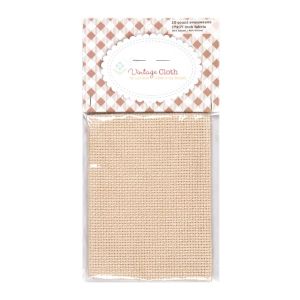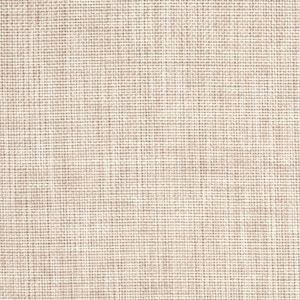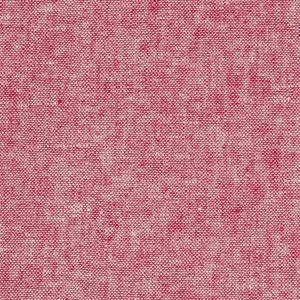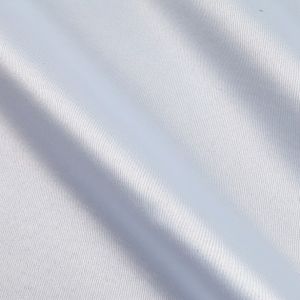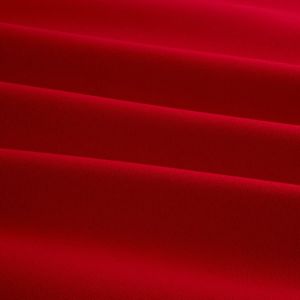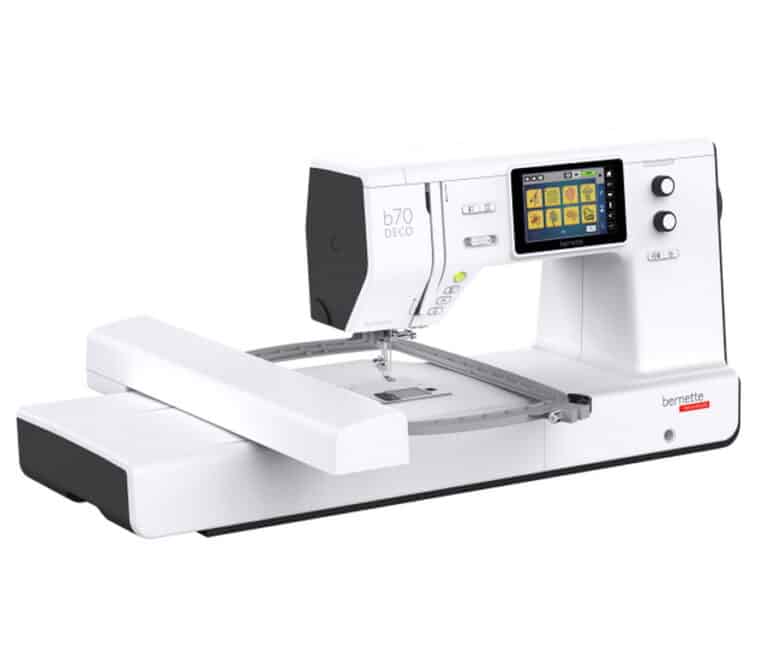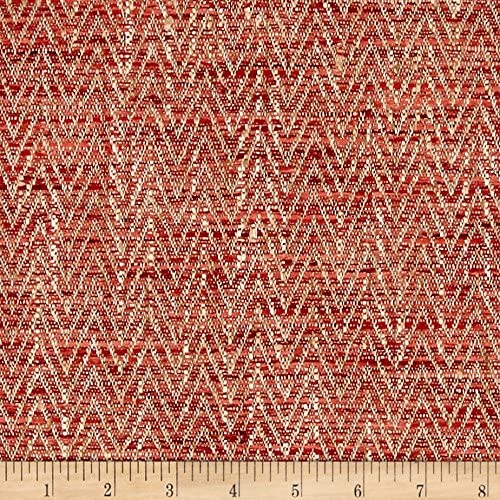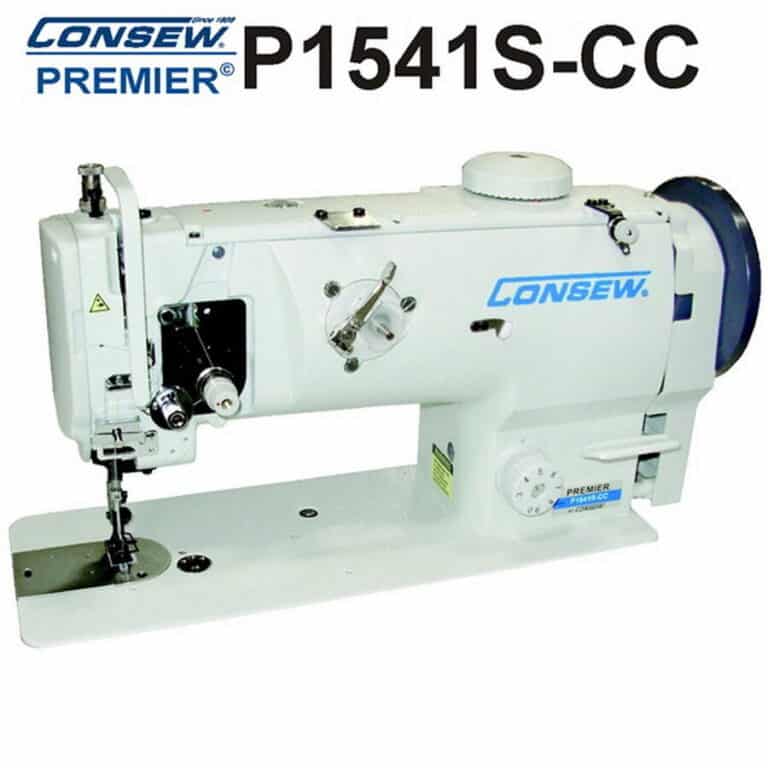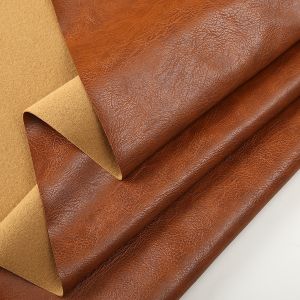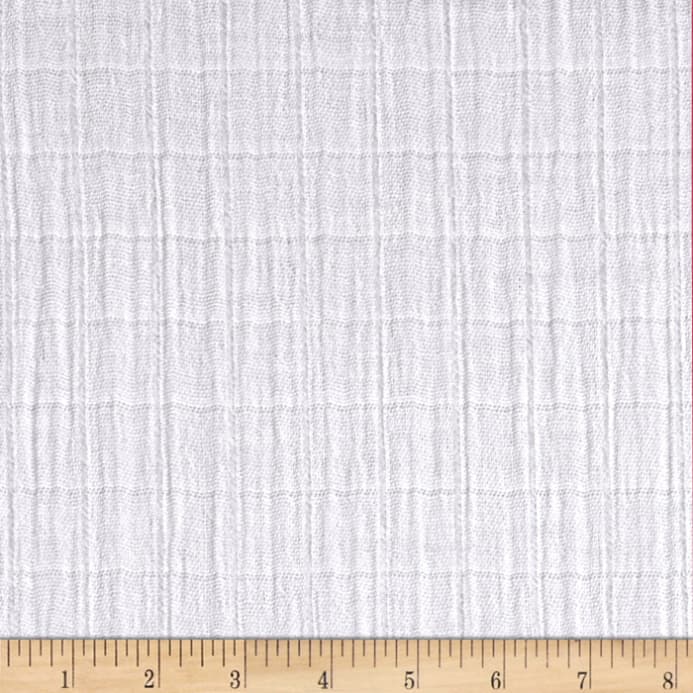5 Best Fabrics for Embroidery
Table of Contents
Best Fabrics for Embroidery
Below are our reviews for the best fabrics for embroidery.
1. Lori Holt Vintage Cross-Stitch Cloth
This top of the line vintage cloth combines the quality of easy stitching with the softness and appeal linen offers. Its unique composition features Rayon and Cotton making it lightweight and easy to handle. It also comes in a variety of colors to ensure you find the perfect match.
- Rayon and cotton composition for a soft feel.
- Lightweight and easy to wash.
- Great color variety.
2. Eroica Cosmo Fabric
The Eroica Cosmo Fabric stands as the ideal base material for embroidery. It features a 100% polyester composition and is great for home décor, blankets, and upholstery. It is highly durable and comes in a host of colors for great variety.
- Impressive durability of up to 50,000 double rubs.
- Great color variety.
- Soft medium-sized fabric for easy embroidery.
3. Kaufman Essex Linen Blend
Produced by Robert Kaufman Fabrics, Kaufman Essex Linen Blend is a high-grade fabric with some impressive qualities. It features a linen and cotton composition to yield a lightweight material that embodies luxury. It is the ideal fabric for garments like shirts, jackets, etc. and can be washed easily.
- Easy to wash and dry-clean.
- Lightweight, soft fabric for the best embroidery results.
- Great color and tone variety.
4. Mi Amor Duchess Satin
The Mi Amor Duchess Satin like the name implies is a 100% polyester fabric ideal for bridal wear and skirts. Have an occasion coming up? This lightweight beautiful fabric will yield amazing embroidery to make you look beautiful and enable easy movement.
- Great color variety for the ideal embroidery.
- 100% polyester.
- Lightweight shiny material for bridal occasions.
5. Premier Prints Dyed Cotton
Made from 100% cotton, this material finds a wide range of applications in interior décor, upholstery, aprons, bags, etc. It is medium weight and balances impressive strength with flexibility. It is easy to wash and comes in a host of colors for great variety.
- Medium weight 100% cotton composition.
- Highly adaptable to interior décor, apparel, and accessories.
- Great color variety.
Fabric for Embroidery Buying Guide
Embroidery is a delicate art, and before going ahead to buy fabric, some things need to be taken into account first. The ideal fabric should provide a great background to bring out your embroidery patterns in all their glory.
Our buying guide reviews the best embroidery fabrics on the market and gives you the means to compare them and go with the best choice that suits your needs.
Embroidery Method
When choosing a fabric for embroidery, it is important to consider the embroidery method you’re employing. You could either work with your hands or use a sewing machine. In both cases, it is important to use small-sized needles for delicate materials to avoid damaging the fabric. Using a machine requires extra care and expertise too.
The machine embroidery method is the preferred choice for speed and precision for handling bulk work. In general, hand embroidery gives the more natural, homely feel, while using a machine will produce a more professional design
Fabric Thickness and Weight
Embroidery fabrics come in different weights and thicknesses, depending on the purpose. For people who live in cold regions and want to make apparel, thick materials are the ideal choice, and for hotter regions, thinner fabrics will suffice. The same applies to different seasons in the year.
The thicknesses of the material also affects hoe durable the embroidery will be. Thicker fabrics will provide a more solid hold and will generally last longer. Thinner fabrics, on the other hand, may begin to loosen up after a while and also require special care and needles to prevent damage.
Weight and Thickness of the Thread
Embroidery threads come in a wide range of thicknesses depending on the fabric type. Different fabric types and thicknesses consequently require different threads. If an excessively thick thread is used for a light fabric, there is a good chance of it getting damaged. On the other hand, thread that is too thin used on thick fabric will likely get swallowed and yield poor results.


